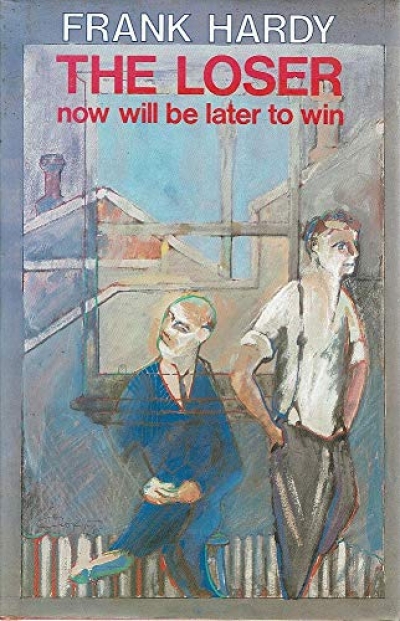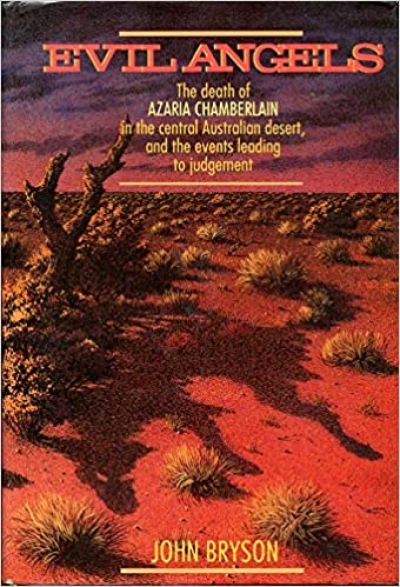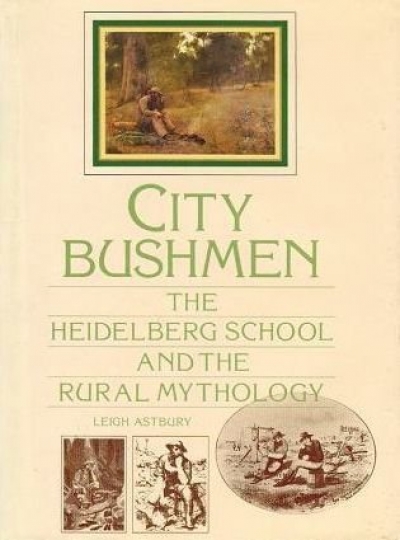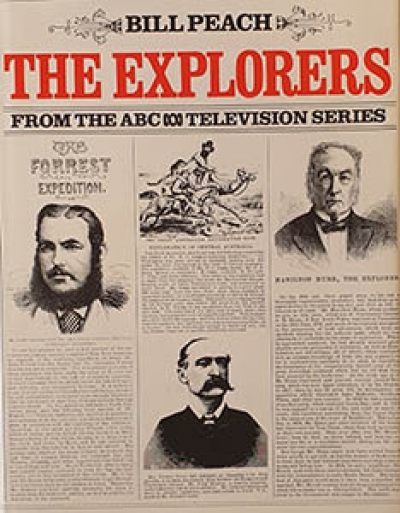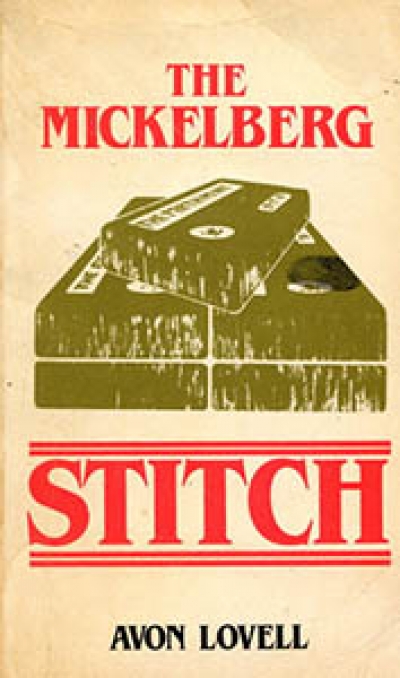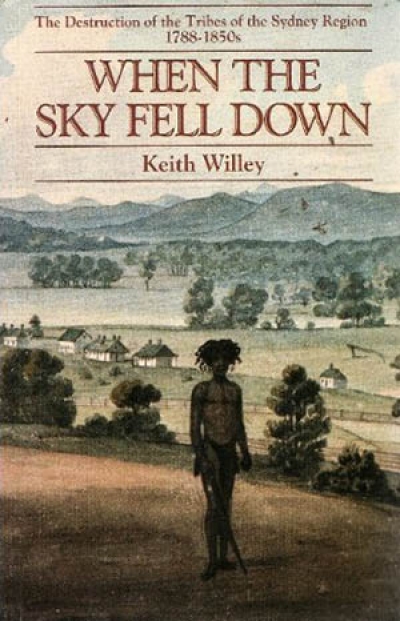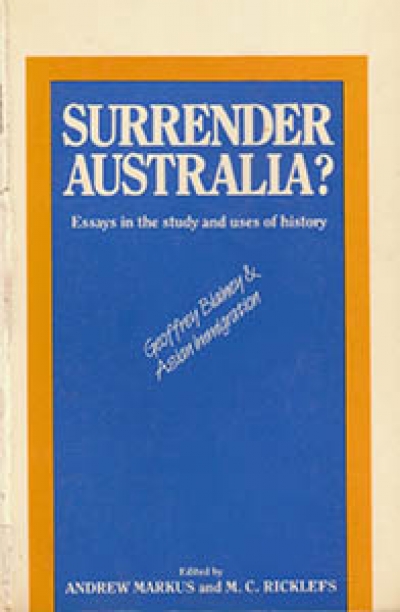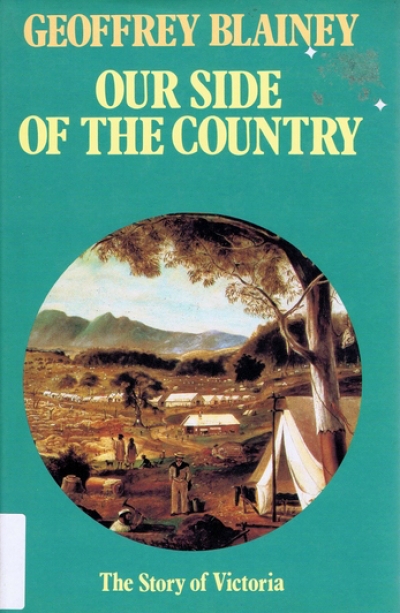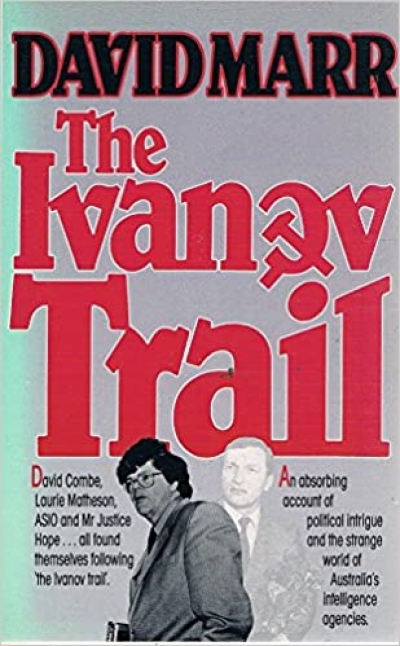Australian History
Program for Change… Affirmative Action in Australia. I began to make my rash assumptions. Here was the book that was going to provide me with the blueprint for future affirmative action initiatives. I anticipated new perspectives and innovative strategies. I expected this collection of essays to be interesting, stimulating and provocative. I thought this would be the vehicle for the eleven contributors, well known and respected in the field of equal opportunity and social change, to present their original ideas on how the barriers to women’s participation in the workforce could be broken down. I was disappointed and I was bored. But was I fair?
... (read more)When nobody is blown any good, it is indeed an ill wind. Much that was good blew my way as a soldier during the stormy years of World War II – but I was one of the lucky ones, although I did not think so during the Japanese bombing of the Darwin area in 1942. I say lucky because I not only survived the many bombings in a place where others did not, but was later posted to join the staff of Salt, a magazine that was a unique exercise in adult education, and entertainment, and one of the many available facilities offered to the armed forces by the Australian Army Education Service. Among these incidentally, was the circulating libraries division, a service patiently built up by Staff Sergeant Andrew Fabinyi appointed by the Army as national book purchasing officer. Andrew, bless him, in the immediate post-war years was, as Frank Cheshire’s publishing director, to seek out, encourage and launch me into, what has been so far, a wonderful thirty-three years developing with Australia’s book publishing industry.
... (read more)Evil Angels: The death of Azaria Chamberlain in the central Australian desert, and the events leading to judgement by John Bryson
John Bryson has tried to solve one of Australia’s great mysteries – how Azaria Chamberlain died. The cover of Evil Angels gives the clue to his answer. A bruise-coloured sky glowers over a stark, orange-brown desert. There is the twisted relic of a tree in the foreground and in front of it, like a spreading puddle of blood, the shadow of a dingo, its eyes on an evil slant.
... (read more)City Bushmen: The Heidelberg School and the rural mythology by Leigh Astbury
That Australia’s first national school of painters were ‘city bushmen’ is well documented. Tom Roberts began his career as a photographer in Collingwood, Frederick McCubbin in the family’s West Melbourne bakery and Arthur Streeton as an apprentice lithographer. Stories about their plein air painting excursions to Box Hill, Mentone, and Eaglemont are often told. The useful art historical label ‘The Heidelberg School’ first seems to have been used by a local journalist reviewing Streeton’s and Walter Withers’ work done chiefly in this attractive suburb where, with others of like inclination, they have established a summer congregation for out-of-door painting (The Australasian Critic, l July 1891). Leigh Astbury, however, defines his use of the term Heidelberg School ‘in its current broader sense, that is, artists of a more ‘progressive tendency working in Melbourne and Sydney in the 1880s and 1890s’.
... (read more)In Grade 5 social studies we ‘did’ Australia. After Captain Cook and the first fleet and settlement, and a couple of lessons spent drawing Aboriginal mia-mias and weaponry came the explorers. Blaxland, Wentworth and Lawson, Hume and Hovell, Major Mitchell, Burke and Wills Captain Sturt, and Edward John Eyre … Their names and achievements were committed to memory as surely as the three times table. But as our sticky hands traced maps from our atlases onto lunch wrap paper and into our exercise books – there to be outlined in accident-prone Indian ink, and the dotted lines of exploration marked – the explorers somehow failed to grasp our imaginations. We experienced little sympathy with their effort or their suffering, and only a mechanical recognition of the importance of their discoveries.
... (read more)The Great Mint Swindle was one of the most outrageous frauds in the history of Australian crime. On 22 June 1982, the closely guarded Perth Mint handed over, without a murmur, $650,000 worth of gold bars, which were never to be seen again. Not a shot was fired, not a person threatened. It was all done with three fake building society cheques, which the Mint accepted without question. The mastermind behind the ingenious swindle never showed his face.
... (read more)When the Sky Fell Down: The destruction of the tribes of the Sydney region 1788–1850s by Keith Willey
Keith Willey died on 6 September 1984. He had just submitted the manuscript of what was to be his last book. A study of Australian humour in adversity titled You Might As Well Laugh Mate, it summed up the man, not least in his last days. Sardonic, self-effacing, unashamedly Australian.
... (read more)Surrender Australia?: Essays in the study and uses of Australian history edited by Andrew Markus and M.C. Ricklefs
At the August 1984 conference of Australian historians, the Public Lecture Theatre at Melbourne University was packed to hear a panel of distinguished colleagues discuss Geoffrey Blainey’s creation of the public debate on Asian immigration. Blainey did not attend. His mentor Manning Clark did, though he refused to denounce his most famous pupil. Surrender Australia? is largely the product of that meeting. Historians take themselves rather seriously and already there have been complaints that a concerted attack on one of the discipline’s favourite sons is unprecedented. Letters to The Age were denouncing the book as ‘an attack on a great Australian’ well before it was published or the correspondents could see the contents. Public controversy is certainly rare among local historians, being largely confined to such esoteric matters as whether Australia was settled to get rid of convicts or to acquire flax, an argument in which Blainey took a major role. In a small society, academics do not usually denounce each other in the fashion long acceptable in central Europe or America. Equally, they do not often engage in public controversy on matters which draw in the vulgar multitude. While professional historians are not very radical, they mostly subscribe to liberal views, among which tolerance for minorities and for the ideas of others are the most acceptable. Blainey presented his colleagues with a dilemma. They could draw up their skirts and pass by on the other side, or they could publicly disagree with him.
... (read more)Somebody recently told me that Geoffrey Blainey wrote much of the text of this history of Victoria while travelling in aircraft. If true, Blainey has an enviable knack of finding seats with elbow room, but otherwise there’s no reason to complain. Sir Charles Oman, the great military historian of the Napoleonic wars, was said to have drafted one book during a summer spent waiting for connecting trains at French railway stations. Those fortunate enough to possess a lot of intellectual capital should make the most of it. In the central four chapters of social history, perhaps the most satisfactory part of this book, Blainey cites his evidence as ‘the accumulation of years of casual reading of old newspapers, looking at historic sites and talking with old people’. Disarmingly, he adds: ‘Most of the explanations of why change came are probably my own’.
... (read more)I sometimes wonder whether David Combe’s detractors have ever read the legend of his sins – the transcript (even as officially bowdlerised) – of his conversation with Ivanov on 4 March 1983. It is upon the fact of this event (but certainly not upon the record of its substance) that Combe is widely charged, not with treachery, but with greed, intolerable ambition, and amazing indiscretion.
... (read more)

